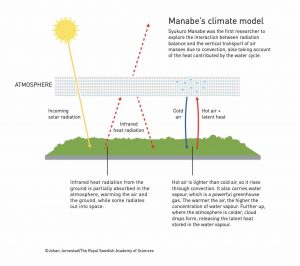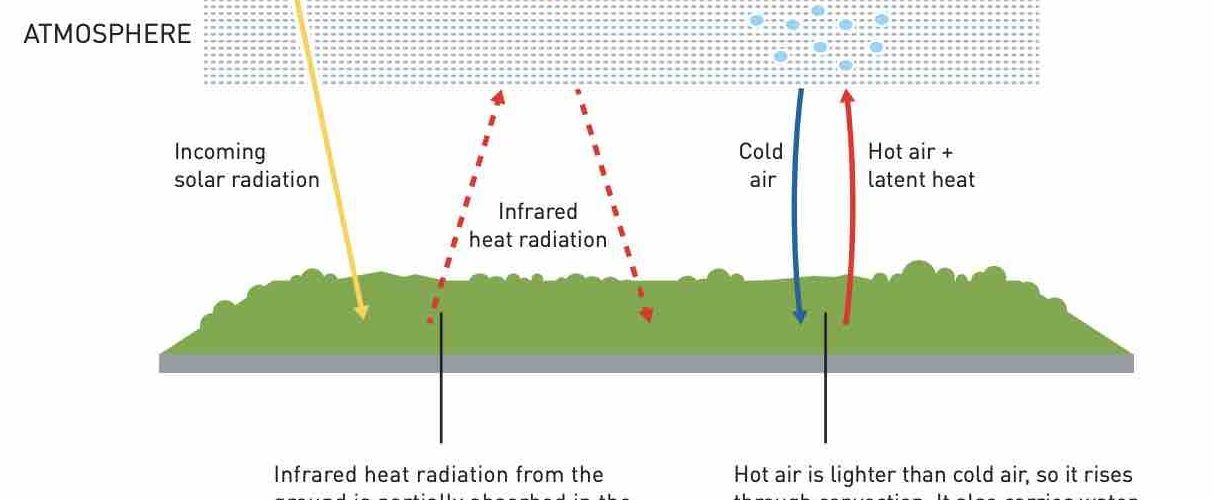This year Nobel Prize committee had a thing for climate, probably because of the IPCC report which came in August predicted “a code red for humanity” or due to global climate conference being held in Norway & Sweden nearby neighbors, United Kingdom.
If before the awards, anyone would have asked me, that this year one of the Nobel awards would be given for climate change, I would have given the name of teenage climate activist Greta Thunberg, who has been a favorite to win the noble prize for peace since 2019.
Not to be, the Nobel Peace Prize for 2021 is awarded to Maria Ressa and Dmitry Muratov for their efforts to safeguard freedom of expression.
On the other hand, the Nobel prize in physics for the year 2021, went to two very senior scientists for their contribution to climate change and predicting weather patterns.
Nobel Prize in Physics
Nobel Prize in Physics for the year 2021 is jointly given to Syukuro Manabe and Klaus Hasselmann, for their work on physical modeling of Earth’s climate, quantifying variability, and reliably predicting global warming.
Syukuro Manabe completed his Ph.D. from the University of Tokyo in 1957 and subsequently moved to the USA to work as a Senior Meteorologist at Princeton University.

Born in 1931 in Shingu, Japan, Syukuro Manabe demonstrated how levels of carbon dioxide lead to higher temperatures in the lower atmosphere, while the upper atmosphere gets colder. Manabe thus confirmed that the variation in temperature is due to increased levels of carbon dioxide; if it was caused by increased solar radiation, the entire atmosphere should have warmed up.
In the 1960s, Syukuro Manabe led the development of physical models of the Earth’s climate and was the first person to explore the interaction between radiation balance and the vertical transport of air masses. His work laid the foundation for the development of current climate models.
About ten years later, Klaus Hasselmann created a model that links together weather and climate, thus answering the question of why climate models can be reliable despite weather being changeable and chaotic.
Also born in 1931 in Hamburg, Germany, Klaus Hasselmann, did his Ph.D. from the University of Göttingen, Germany in 1957 and then worked as a Professor at Max Planck Institute for Meteorology, Germany.
Hasselmann also developed methods for identifying specific signals, fingerprints, that both natural phenomena and human activities imprint in the climate. His methods have been used to prove that the increased temperature in the atmosphere is due to human emissions of carbon dioxide.
Here is the making of the announcement of the 2021 Nobel Prize in Physics.
If you want to read the details about their respective research, read it here.






Add comment